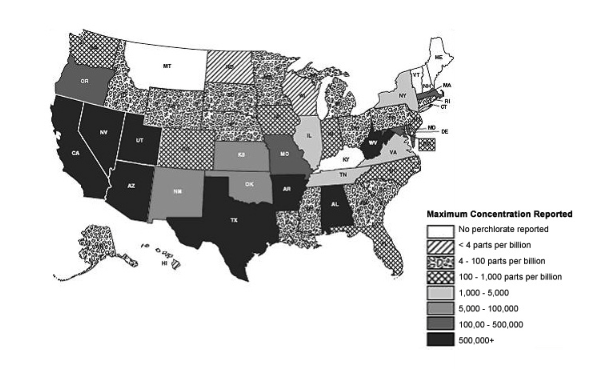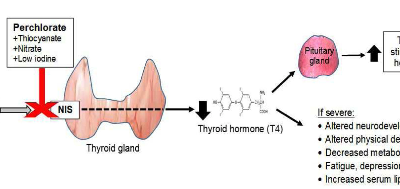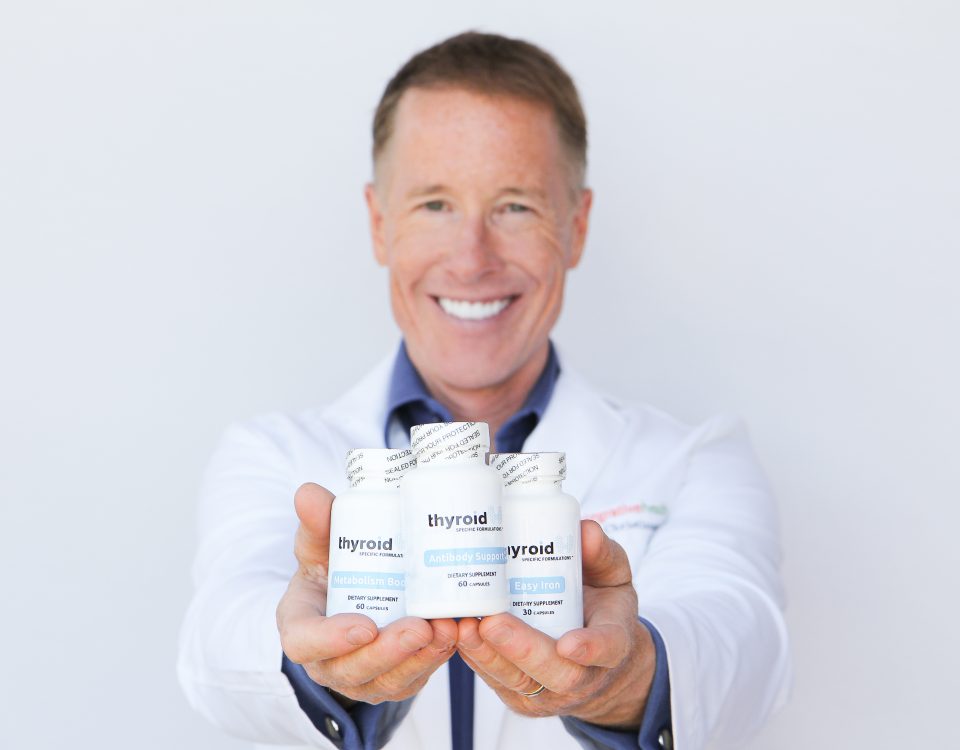Thyroid function is back in recent news.
In March of 2022, the EPA chose not to regulate perchlorate levels in drinking water. Current evidence shows that 16 million Americans may be exposed to unsafe amounts of it. Perchlorate is a known disruptor of thyroid function.
Some states like California and Massechusets monitor for it in public water supplies, yet there are no federal guidelines.
What is perchlorate? Are you exposed? If so, what can you do? Here is a quick summary of the most important things you should do.












